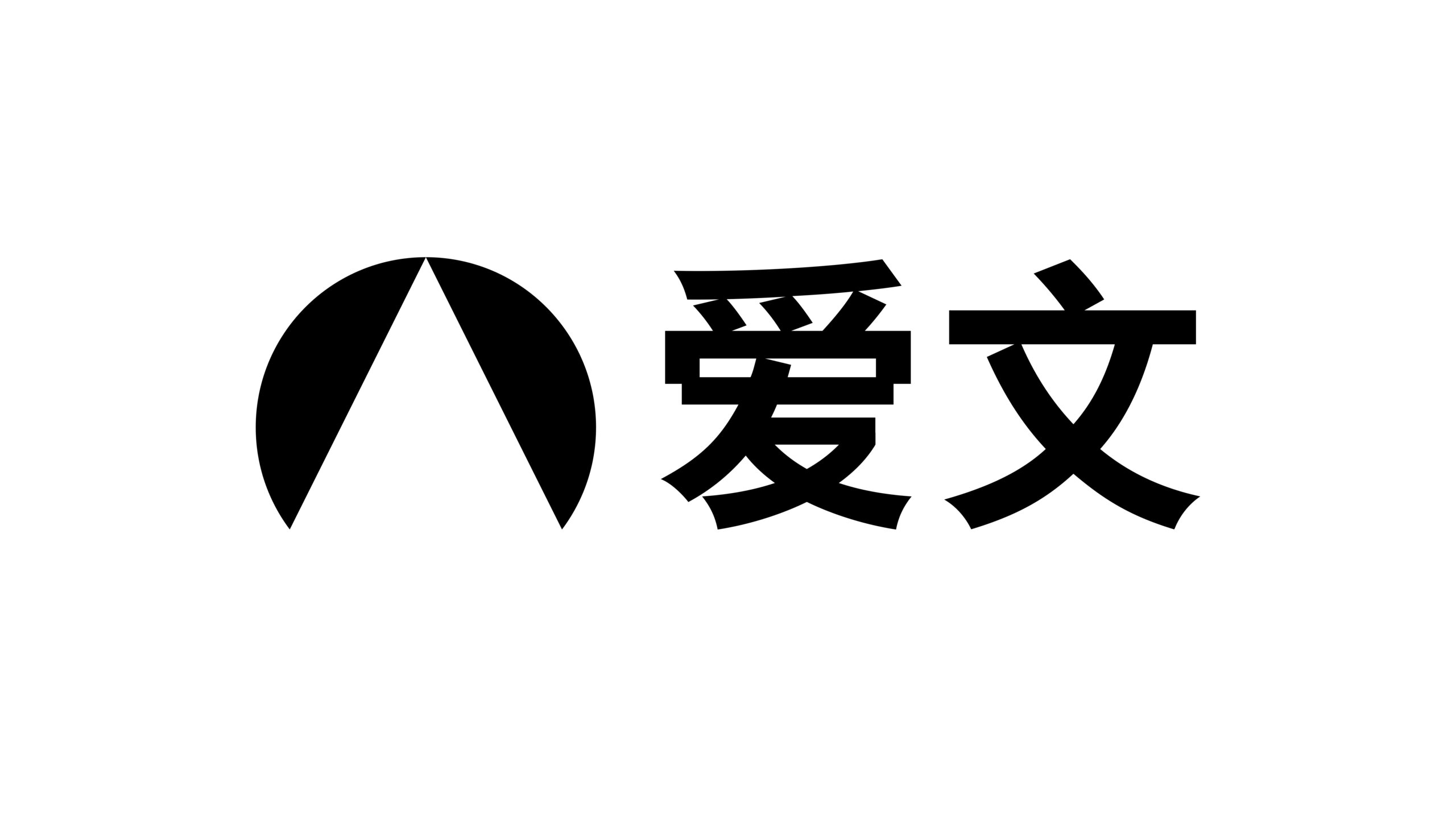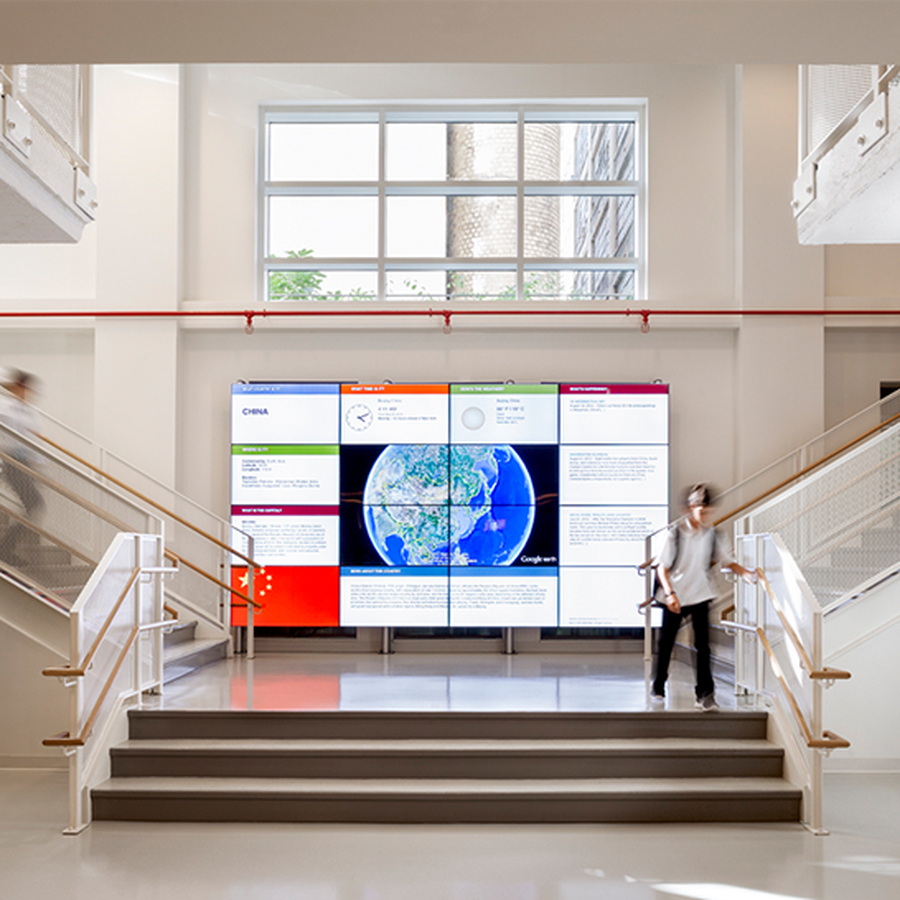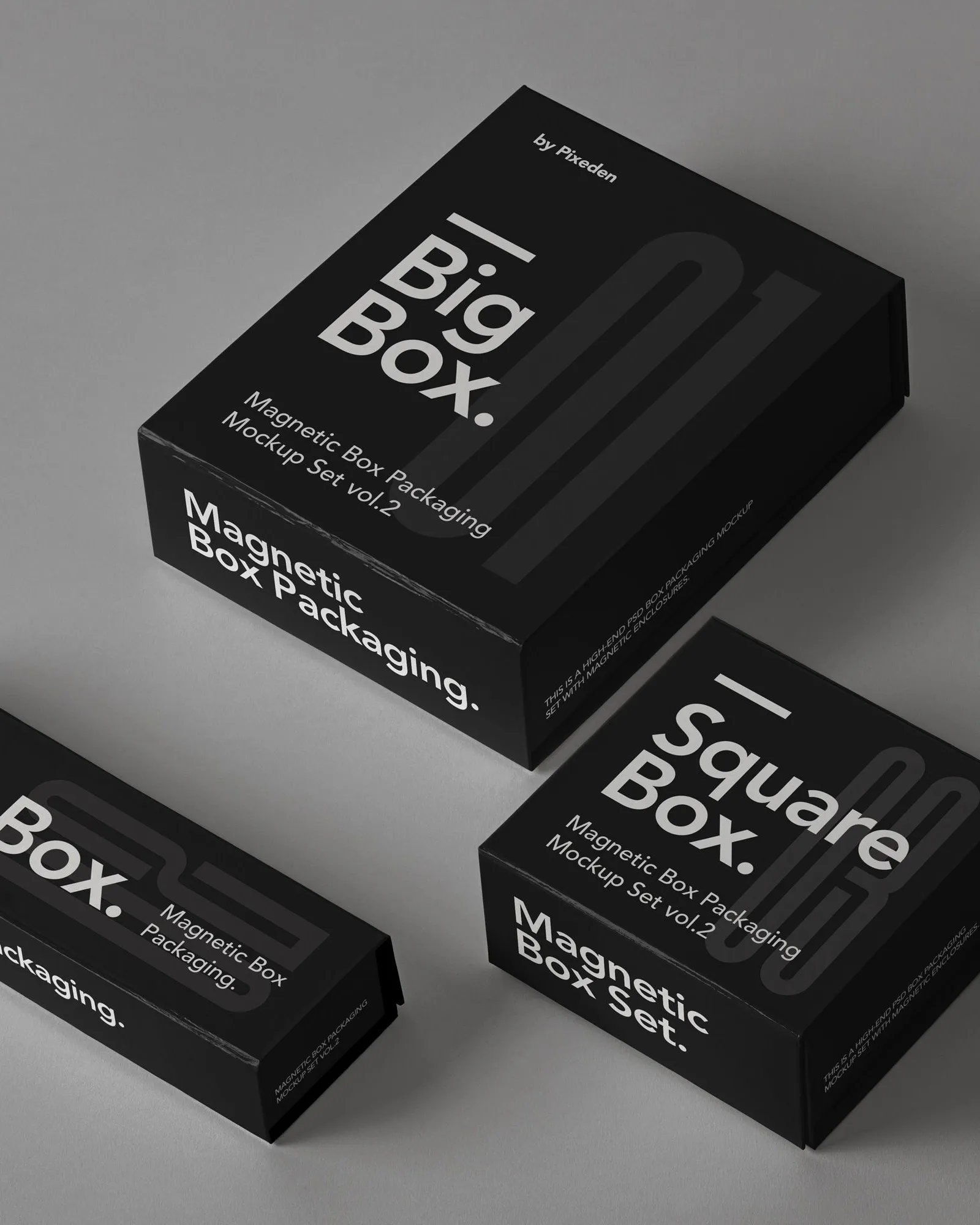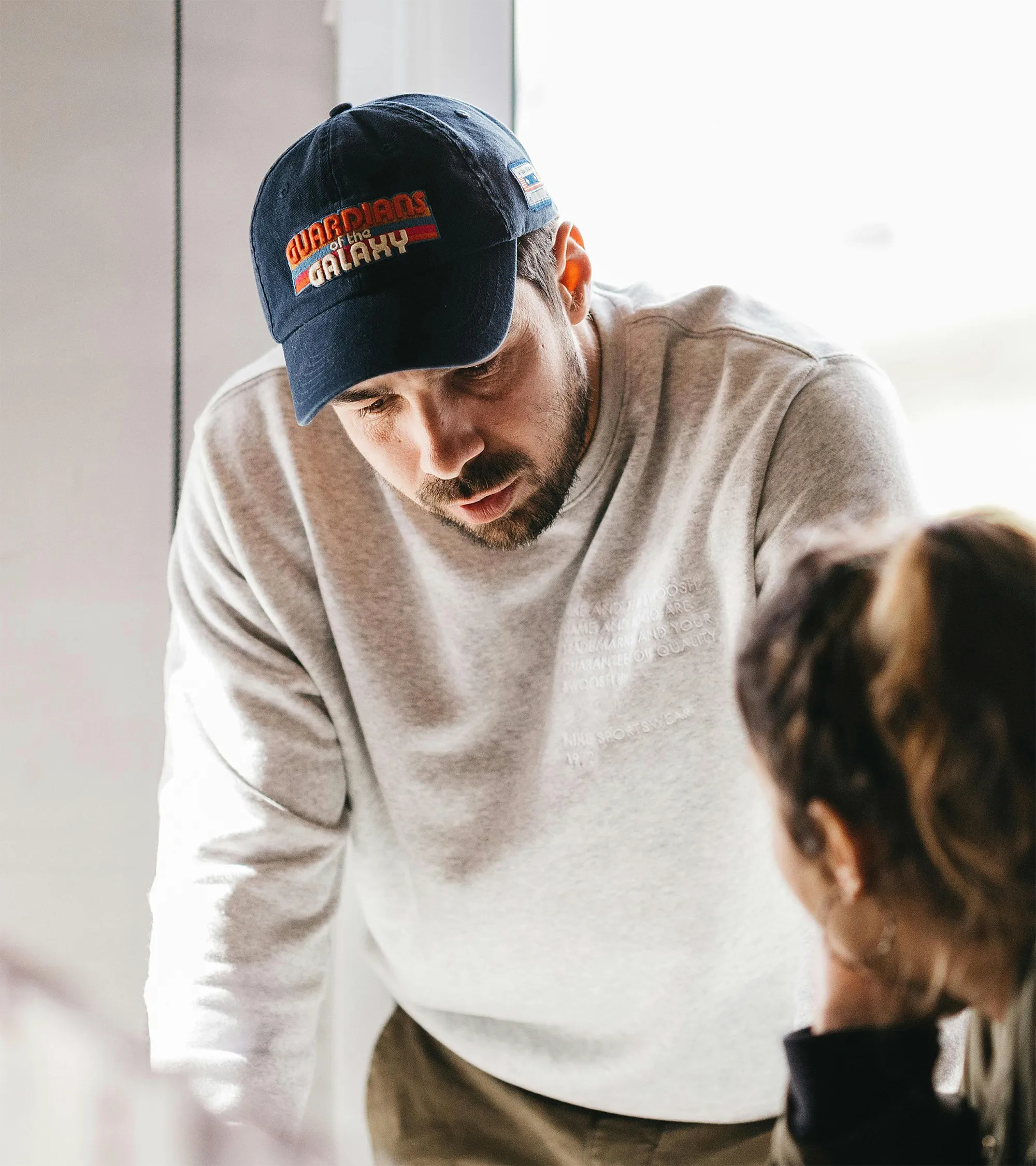

How do you ensure a brand's story is told with perfect consistency across a dozen different countries, cultures, and languages? This isn't just a marketing challenge; it's a monumental operational and cultural puzzle. A brand that feels cohesive in New York can feel completely alien in São Paulo or Shenzhen if not adapted with care.
This was the core challenge during my time as a Producer and Project Manager for Avenues: The World School, a visionary organization building a network of interconnected, high-end private schools across the globe. The brand's promise was one of a single, unified global institution, but the reality was a collection of distinct campuses, each with its own local culture.
My mission was to lead the creation of a Global Brand Toolkit. This wasn't just a style guide. It was a comprehensive, centralized system designed to empower local marketing and admissions teams around the world to execute a world-class brand with consistency and local relevance.
This project was a masterclass in cross-border creative collaboration and systems design. It required building project systems, aligning curriculum and media, and orchestrating a global product rollout. This is the story of how we built a system to ensure one brand could speak with one voice, in many languages.


From Brand Guidelines to a Brand Operating System
A traditional brand guide—a simple PDF with logos and color codes—was never going to be enough. Our "users" were busy, culturally diverse teams on the ground. They didn't need a rulebook; they needed a functional, flexible, and intuitive system. The process was built on three phases.
Before we could build a global system, we needed to understand the local realities. I initiated a deep discovery process.
Stakeholder Interviews: I conducted interviews with the heads of each global campus. I didn't just ask what they needed from a brand perspective; I asked them to walk me through their biggest marketing and admissions challenges. What stories were resonating with parents in their specific market? What channels were most effective?
Asset Audit: We gathered every single piece of marketing material from every campus—brochures, website copy, social media posts, event invitations. We laid it all out.
The Core Insight: The audit revealed a key tension: while the core mission of Avenues was universal, the messaging needed to be locally nuanced. Parents in Brazil were motivated by different things than parents in China. A "one-size-fits-all" approach was failing. We didn't need brand police; we needed to empower local storytellers.
Phase 2
With this core insight, I architected the Global Brand Toolkit not as a static document, but as a modular, digital "Operating System" housed in a centralized online portal. This system was built on the principle of "Global Consistency, Local Relevancy."
The "Core" - Non-Negotiable Brand Pillars: This was the foundation. It contained the universal elements of the Avenues brand that could not be changed.
This was the innovation. We didn't give local teams finished ads. We gave them strategic "Lego blocks" to build their own.
A beautiful, easy-to-search digital asset management (DAM) system containing all approved photography, video b-roll, and design templates.
This modular system provided the perfect balance. It ensured a high level of global brand consistency while giving local teams the flexibility and the tools they needed to tell the Avenues story in a way that would resonate with their unique audience.


Lessons Learned
The rollout of the Global Brand Toolkit transformed how Avenues operated. It replaced ambiguity with clarity, and fragmentation with cohesion. The system became the central nervous system for our global brand and marketing efforts.
Improved Brand Consistency Worldwide: The most immediate result was a dramatic improvement in the consistency of our brand presentation across all global campuses. From websites to social media, the Avenues brand began to look and feel like a single, unified, world-class institution.
Accelerated Speed to Market for Local Campaigns: By providing local teams with pre-approved, templated "Campaign-in-a-Box" modules, we dramatically reduced the time it took for them to launch new initiatives. They could now focus their energy on local execution, rather than reinventing the strategic wheel every time.
Increased Cross-Border Creative Collaboration: The centralized portal became more than just an asset library; it became a hub for global collaboration. The team in Shenzhen could see and learn from a successful campaign run by the team in São Paulo. This created a powerful, internal feedback loop that elevated the work of the entire organization.
The Global Brand Toolkit was a powerful strategic asset that delivered on the core promise of the Avenues brand itself. It was a system designed to connect a global network, foster cross-cultural understanding, and deliver a world-class experience, consistently. It turned our brand from a set of abstract ideas into a tangible, functional, and scalable operating system. This project was a testament to the power of systems thinking in a creative environment, proving that a well-designed operational framework is the key to unlocking global brand potential.
Three Truths About Building a Global Brand
Centralize the "Why," Decentralize the "How": To scale a brand globally, you must be absolutely rigid on your core principles (your mission, your values, your "why"). But you must be incredibly flexible on the execution (the "how"). The toolkit's success came from providing strong, centralized strategic frameworks ("modules") but empowering local experts to adapt the tactics for their own culture.
Great Tools are the Best Enforcement: You don't create brand consistency by policing people. You create it by building tools that are so beautiful, intuitive, and easy to use that they become the path of least resistance. The centralized Asset Library and the "Campaign-in-a-Box" templates were adopted so enthusiastically because they made the local teams' jobs easier, not harder.
The Process is the Product: In a global organization, the system you use to collaborate is as important as the work you produce. My role in this project was as much about project management and systems design as it was about creative strategy. Building the project systems to support cross-border collaboration and aligning the different teams was the foundational work that made the final, excellent creative output possible.
Building a global brand is the ultimate full-stack challenge. It requires you to be a strategist, a creative, an operator, and a diplomat, all at once. It's about building a single, powerful story that can resonate with the entire world.
'How to Run a Creative Team Like a Product Squad.'
See what our satisfied clients say about working with us.

Our proven process ensures successful outcomes and client satisfaction every time.



